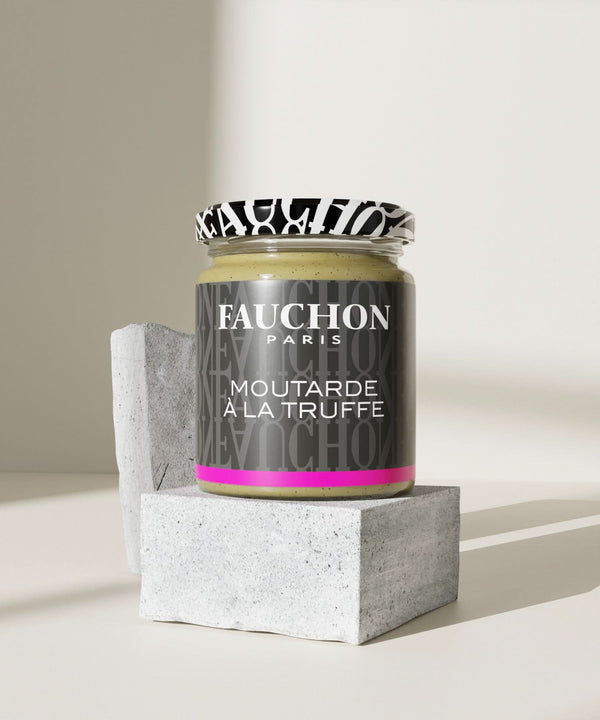The secrets of mustard making
From harvesting to potting to grinding the seeds, delve into the secrets of mustard making .
Spicy, tasty, intense and subtle at the same time, mustard is the 3rd most consumed condiment in the world behind salt and pepper. In a vinaigrette, a dish in sauce, on a piece of meat or in a pie crust, mustard declines its uses and recipes to rise to the rank of queen of French gastronomy .
While you are probably familiar with the unique taste of this exceptional condiment, do you know how mustard is made?
The miracles of mustard flower
As summer dawns, the pretty yellow mustard flowers lose their sunny glow and curl up into small green pods , which dry up and become covered in thorns within a few weeks. You must then brave the plant's newly hostile appearance to make a surprising discovery at the heart of its dull pods: mustard seeds . These seeds, whose smallness is matched only by their intensity, are the very essence of the condiment that has awakened the taste buds of gourmets around the world for millennia.
It remains to be seen how the mustard we find on our plates is made .
We have now reached the stage of harvesting mustard seeds, a key step in the manufacturing process that must occur at a strategic moment. The plant must be exposed to the sun for a long enough period to begin producing selenium , a chemical element with many virtues responsible for the strong taste of mustard, but its pods must be harvested in time so as not to be damaged by the first rains .
The pods are then dried and shaken to extract all the mustard seeds. The seeds are then immersed for about two weeks with carefully measured liquid ingredients (water, vinegar, white wine, etc.) as well as any spices, fruits, liqueurs and other herbs .
Stone-ground mustard
After the infusion stage, the mixture is ground, preferably using a traditional method cherished by mustard artisans: stone grinding . This slow grinding method aims to avoid heating the paste so that the chemical reaction process takes place smoothly. Thanks to this artisanal technique, we obtain a product with unrivaled intensity and authentic flavors .
Grain mustard and Dijon mustard, what’s the difference?
Grain mustard , or old-fashioned mustard , is the paste obtained during the mustard-making process. At this stage, it still contains the mustard seed husk , which gives it its rustic side. The product can then be eaten as is or passed through a sieve to obtain a perfectly smooth paste : Dijon mustard . Each of these products can then be varied at will according to the producers' imagination: walnut mustard, wild pepper mustard, grape must mustard, white Burgundy wine mustard or Espelette pepper mustard.
Dijon mustard, emblem of France
Dijon mustard as we know it today has its roots in the 18th century, when the Naigeon family created a mustard made from verjuice - an acidic juice extracted from grapes before they were fully ripe - instead of vinegar. In the 19th century, the product became a resounding success when Maurice Grey developed a machine that optimized its production.
It was not until the 1930s that a decree established the exact manufacturing process from which mustard must be derived to be called “Moutarde de Dijon”: it must be obtained from black and/or brown mustard seeds, sieved or sieved . Thus, the name “Moutarde de Dijon” specifically regulates the method of manufacturing the mustard, but not its origin. However, there is a PGI “Moutarde de Bourgogne” from which mustards from seeds grown in the region can benefit.
Did you know?
In 2009, former US President and fine gourmet Barack Obama asked one of his chefs to try an authentic Dijon mustard. It was with pleasure and not without pride that the city of Dijon rushed to send him a generous selection of its best mustards .



















